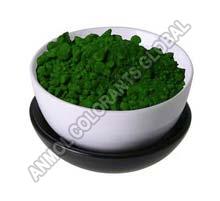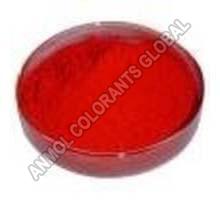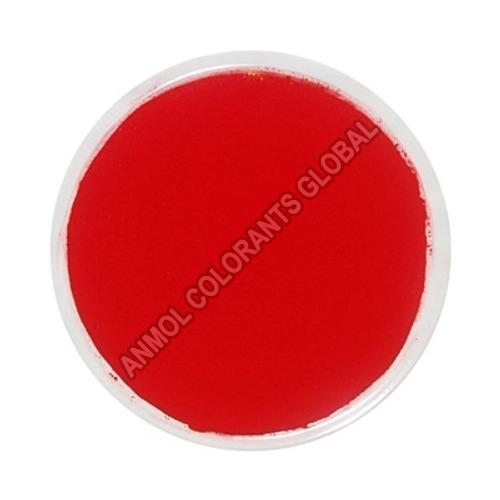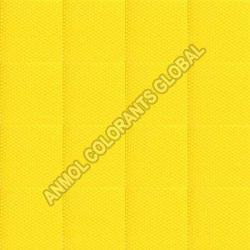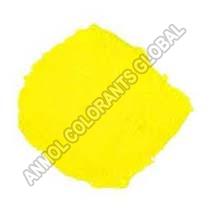Gidc Industrial Estate, Ankleshwar, Gujarat
- GST NO. : 24AABCA6649R1Z5
-
Acid Dyes
Anmol Chemicals (Gujarat) Pvt. Ltd. is a trusted and reliable acid dyes manufacturers in Mumbai, India.
What Is Acid Dye?
Acid dyes when we first hear of them, we think that the dyes are harsh flesh-eating caustic acids. Whereas, in reality, the acid dues are available to the home dyer and non-caustic and very safe for use. A few are even safe enough to eat, like those sold as a food colouring and used in popular drink mixes.
How To Handle Acid Dyes?
The acid dye components have dye protein fibres. When home dyeing, the acid dyes should be handled with normal care that you would handle any concentrated powdered dye or craft chemical, which is read a dust mask when mixing the powders, wear gloves, use good housekeeping procedures, etc.
What Protein Fibers Are Used?
The acid dyes have protein fibres like wool, silk, alpaca, angora, feathers, mohair, etc. and even man-made Nylon, which is chemically similar to silk. The acid part of the name comes into play because a very mild acid like household white vinegar, or odourless critic acid, is used to lower the pH of the dye bath so it is slightly acidic that caused the dye to bond to the protein fibres.
This is opposite to using fibre reactive dyes on cellulose fabrics, where the dye bath has to be alkaline. You could even say that acid dye is better for protein fibres than other types of dye, as proteins respond better to mildly acid dye bath than to alkali, they tend to stay softer and silk keeps its sheen.
Chemical Structure Of Acid Dyes
The structure of acid dye molecules falls into four main categories, Anthraquinone, Azo, Triphenylmethane and Premetalized. If you do not have a degree in chemistry these names won't mean much to you but they refer to the main molecular groups that make up the dye.
Choose us and get our products. We deliver products always on time.
-
Acid Green 25
CAS No. : 64989-26-4
Molecular Formula : C23H18C1N4Na2O7S2
Molecular Weight : 622.58
Color : Green
Material : Fur, Modified Acrylic Fibres from Neutral to Acid Dye Baths,Wool,Nylon,Silk
-
Acid Red 51
Color Strength : 100 + - 3
Classification : Fast Acid,Equalising
Form : Powder
Insoluble : 1 - 0.03 %
Color : Red
-
Acid Red 87
CI NO. : 45380
PA : Red
LOD : 1%
Insoluble in Water : 0.5%
Ash Content : 0.3%
-
Acid Yellow 36
C.I. No : C.I. 13065
Color : Color
Features : Precise ph value, Prompt and safe delivery , Reasonable prices
Form : Powder
-
Acid Yellow 73
CI No : 45350
PA : Orange Red Powder Hygroscopic
LOD : 2%
Chloride Content : 0.35%
PH : 9.5 - 10.5
Contact Us
Anmol Colorants Global Private Limited
A/2 4006, Gidc Industrial Estate, Ankleshwar, Gujarat, India
Mobile : +91-9820543368


